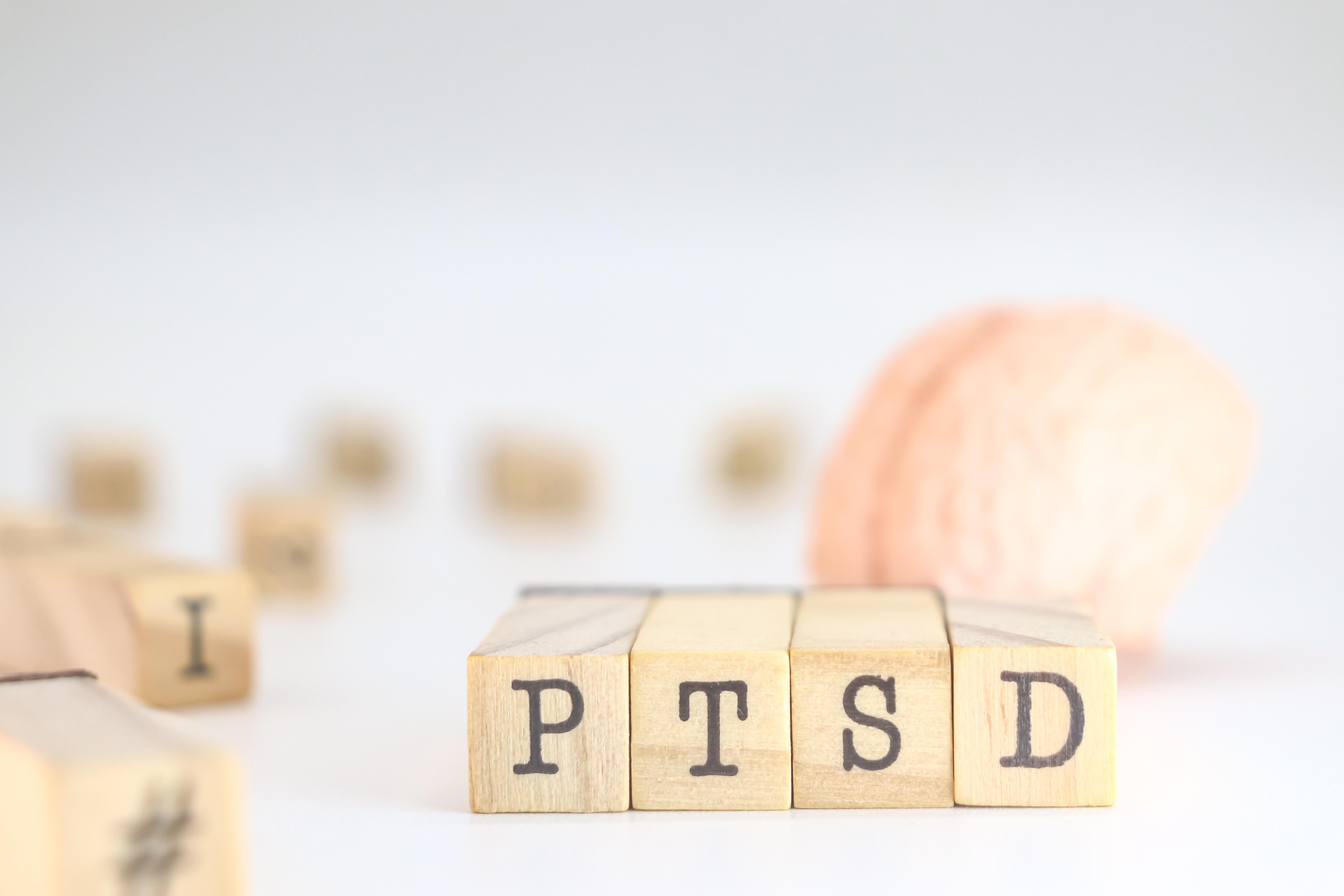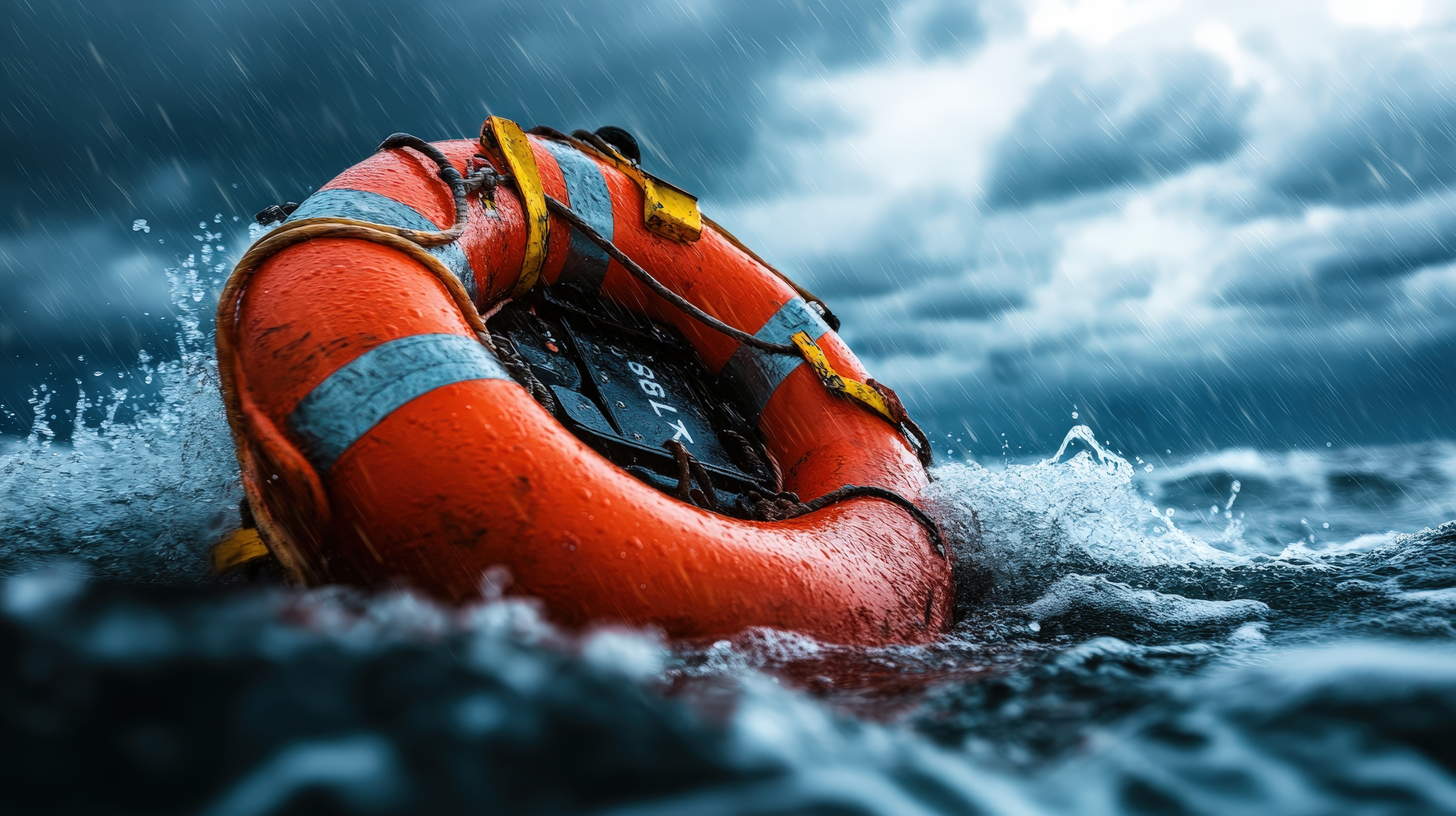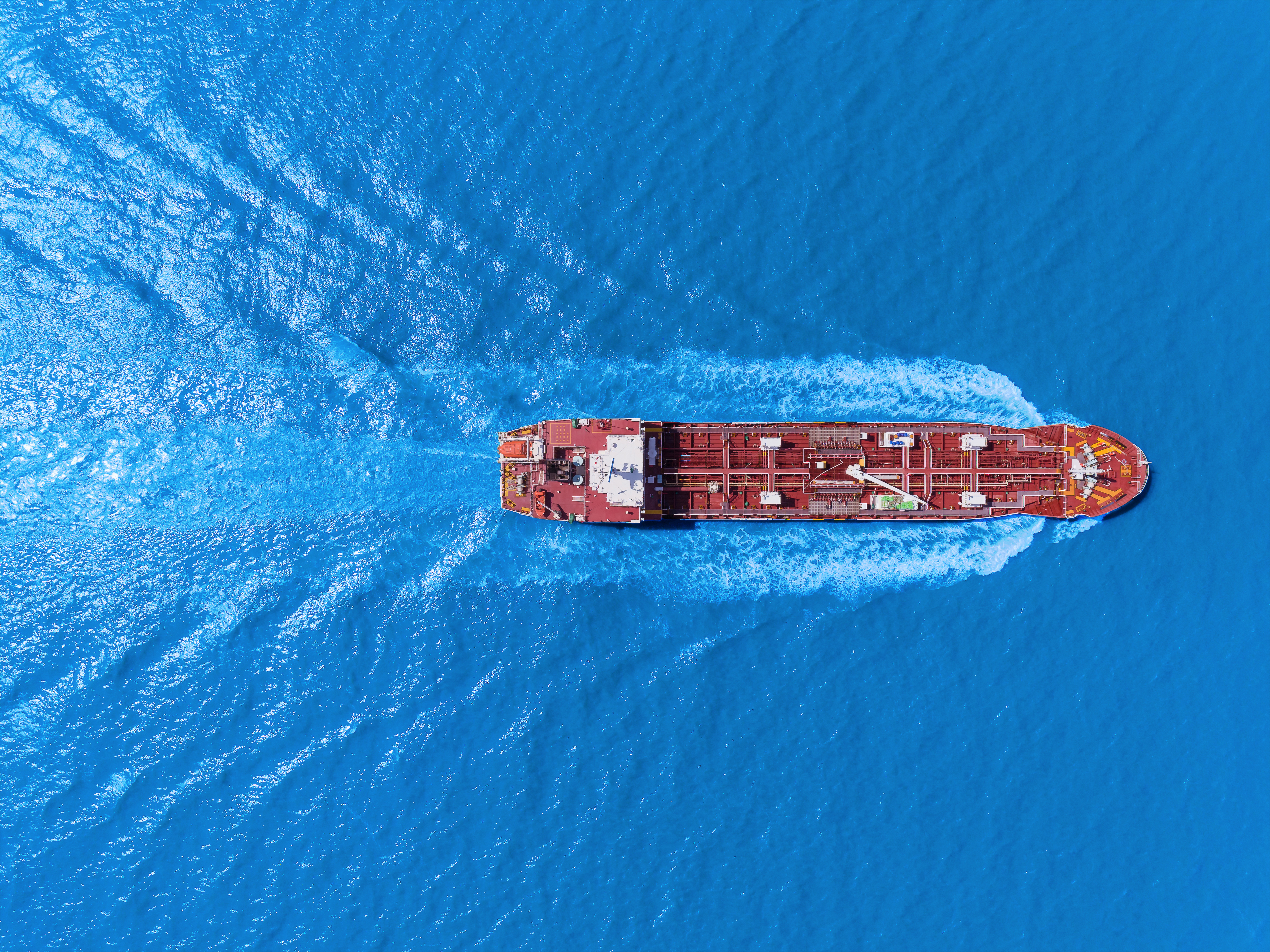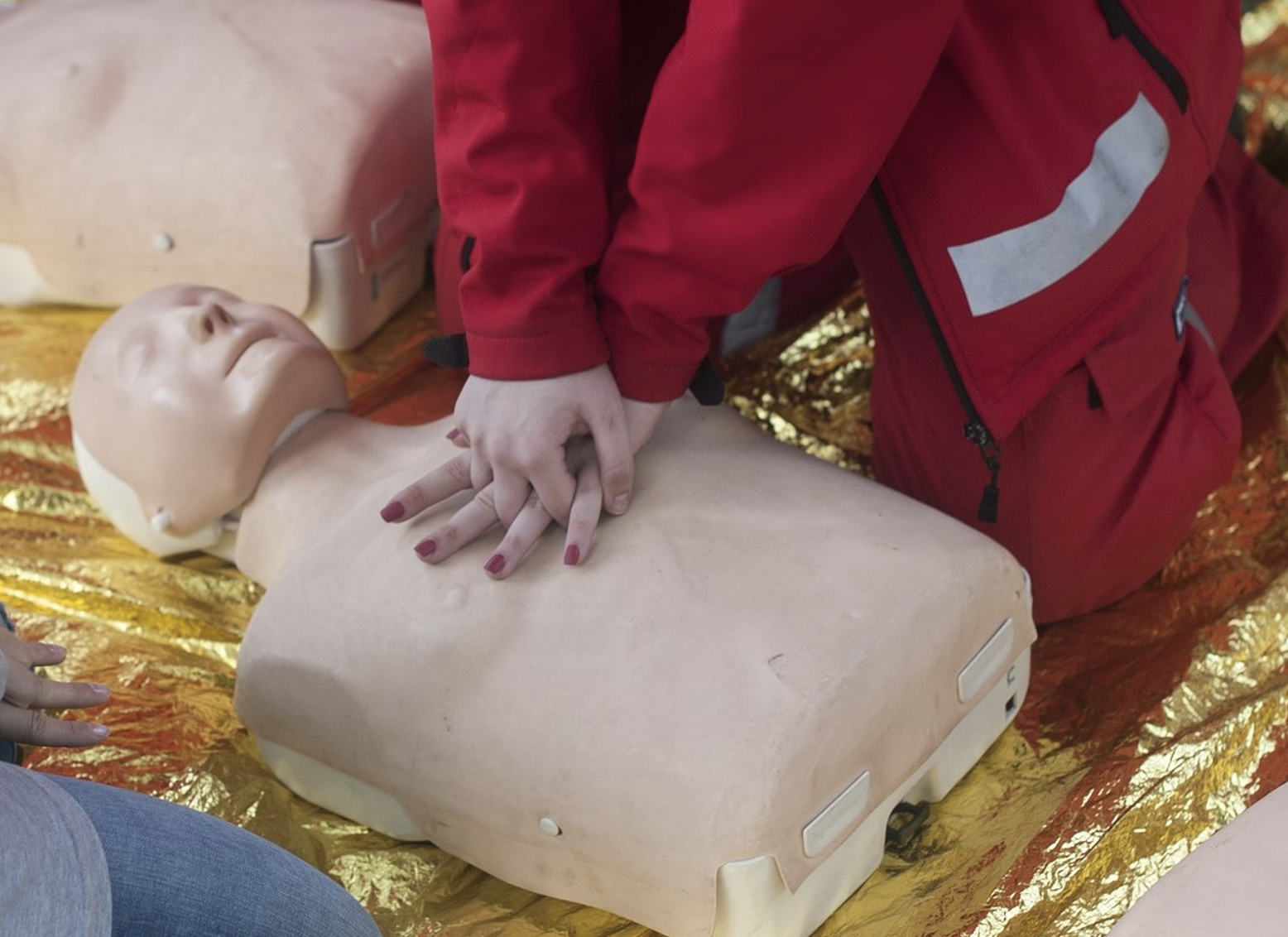
It's our worst case scenario. Someone on board collapses and is found to be unresponsive and not breathing. We know we need to initiate Cardiopulmonary Resuscitation (CPR) but how do we do it and what equipment and medication is available to us?
As with all things related to first aid and medical care at sea, Crew Health partners Red Square Medical follow strict protocols that have been developed through evidence based research. This is how Red Square Medical would initially respond to an incident on board any type of vessel:
Danger
Make sure that you assess the scene thoroughly and ensure it is safe for you to approach the casualty.
Response
Start speaking to the casualty, use their name if you know it and tell them who you are. Be loud, they may have difficulties hearing you. Make physical contact with them and gently tap them on the shoulders. If they do not respond to either of these interventions then they are UNRESPONSIVE.
Seek Further Assistance
This could be by shouting to draw attention to your situation, using the radio or hitting a call point. No matter how you raise the alarm, make sure you do! Ask for the First Aid team, an automated external defibrillator and the oxygen therapy kit, if available.
Airway
Have a quick look inside the person's mouth to see if there is anything obvious, but don't stick your fingers in! If the airway appears to be clear then tilt the head back using the head tilt, chin lift manoeuvre shown below.
Breathing
Once the airway is secured in this position, check for breathing for 10 seconds. During this time you would expect someone to take at least 1 or 2 breaths. If they don’t or they are making strange sounds then they are not breathing normally and need CPR.
NOTE: As a general precaution against respiratory illnesses, including potential COVID-19, the recommendation is to look for rise and fall of the chest, and not to put your face next to the casualty’s face.
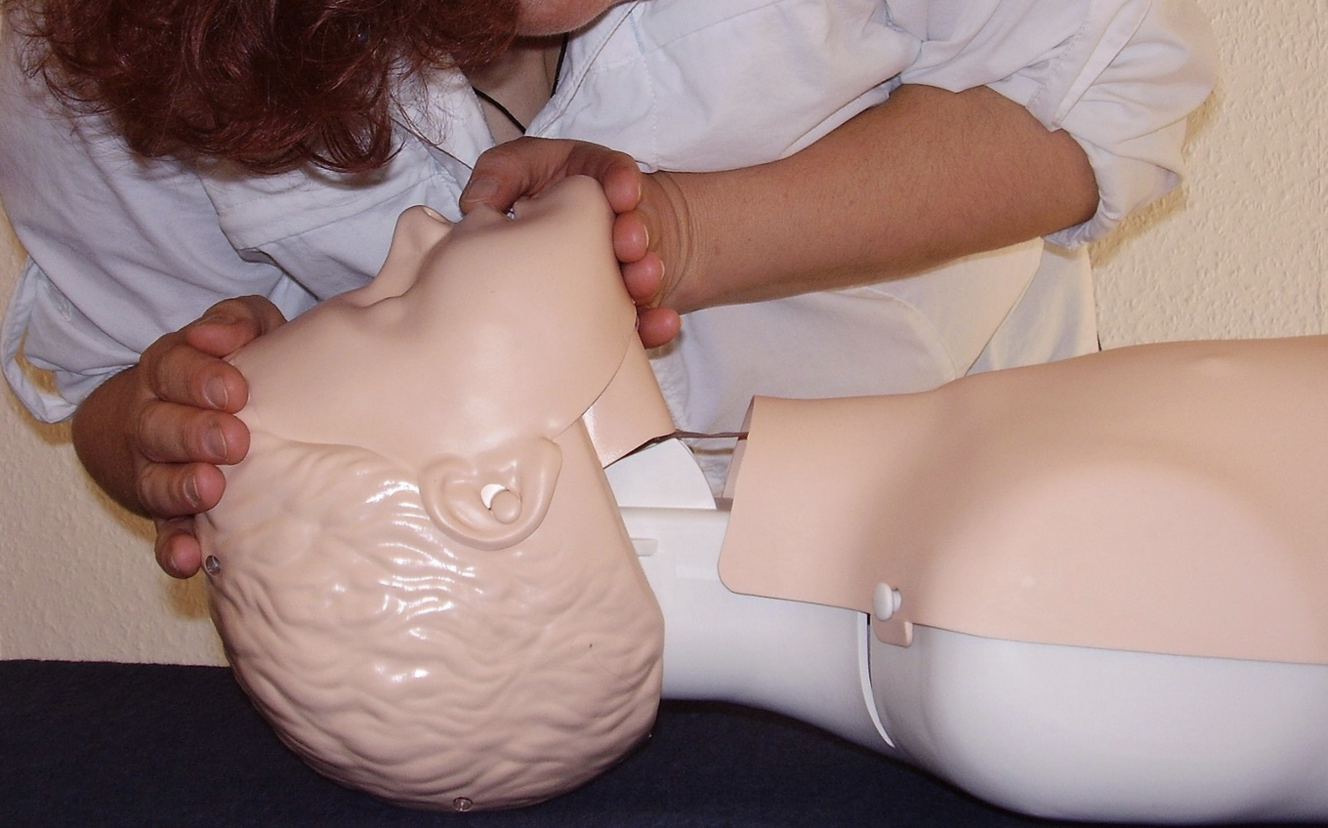
Cardiopulmonary Resuscitation (CPR)
Start chest compressions and don’t stop until the casualty shows signs of life, a medical professional tells you to stop, or you’re too exhausted to continue. See the picture above for the correct positioning of your hands.
You need to compress the chest 5-6cm at a rate of 100-120 beats per minute which is approx 2 per second. Make sure that you allow the chest to fully recoil between each compression to maximise their benefit.
NOTE: Rescue breaths are NOT recommended for casualties with COVID-19 or respiratory infections so proceed with continuous chest compressions until further assistance arrives with the oxygen therapy kit.
Once further assistance arrives, they will have brought with them an automated external defibrillator (if your ship has one), and the oxygen therapy set. This will be set up around the person doing the compressions. Do not stop doing compressions until you have been instructed to do so.
CPR in a confined space
How do you carry out CPR when there’s just not enough space? This is a question that Red Square Medical get asked a lot, because let’s face it, most vessels just don’t have big open spaces and someone who is not feeling 100% is likely to go either to bed or the toilet!
Onboard ship, a confined space is defined as ‘any space or void with limited access for entry and exit, such as a double bottom tank, cofferdam, or other space which, by its design and confined nature, can readily create or aggravate a hazardous exposure’.
Onboard (and ashore), we recommend immediate extrication of the casualty from a confined space, if that is possible, prior to any first aid being carried out.
The confined space may be dangerous for all involved and therefore CPR should not be started until the rescue has taken place. Remember it’s perfectly acceptable to move the casualty with consideration for any potential neck or other injuries.
If it is not an option to move the casualty, there are two techniques to consider. If you can fit two rescuers into the space, straddling the casualty and kneeling or bending over works. This method can be used for one rescuer as well. Position yourself kneeling or bending over facing the casualty’s head, straddling their body.
Remember that if you are bending, you will need frequent changeovers to ensure the quality of your CPR as it will be tiring.
However, the option of ‘over the head’ CPR may work better for one rescuer in some situations. One benefit is having easy access to manage the airway as well as perform CPR as you will be positioned at the head, looking down the casualty’s body. You can use your knees to support the casualty’s head too. But, research shows that there is more likelihood of incorrect hand placement and depth of compressions using this method, so you would practice this technique in drills to make sure you’re doing it right.
What may impact the person's chances of survival?
If a person needs CPR, then their chances of survival are unfortunately low. However, initiating really good quality CPR can buy time until further medical assistance arrives, either by helicopter, boat or ambulance. When they arrive the person's chances are increased but only if the basics are carried to the best ability.
There are many things that will have an impact on a person's likelihood of recovery. Many seafarers now have underlying medical conditions and may take medication to help control their condition. Knowing this won’t change the process to follow BUT it is really useful information that can be communicated to the receiving facility.
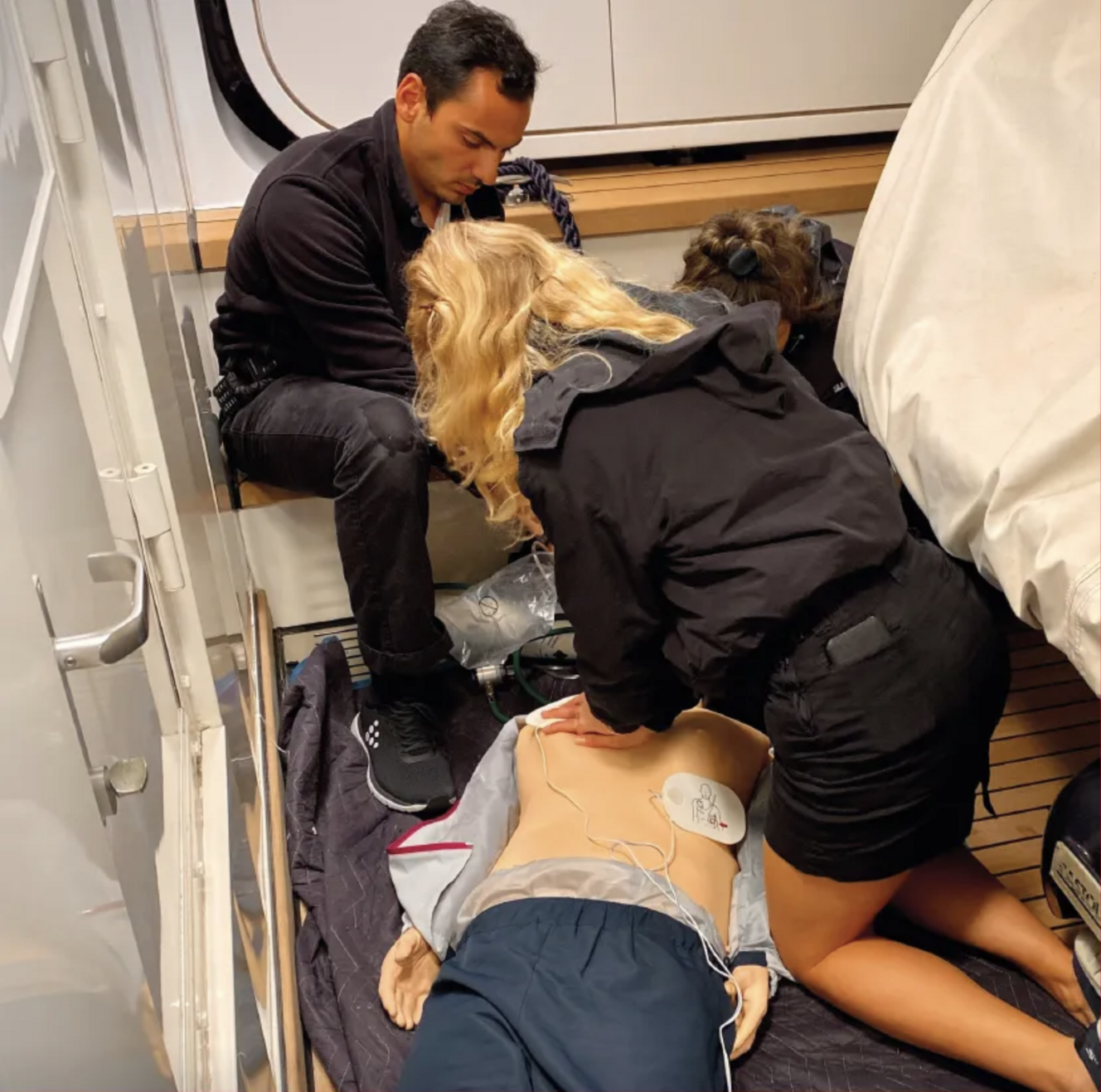
There are many reasons why a person might suffer from a cardiac arrest, and often we may have no idea why their heart stops beating, so information becomes very important.
Red Square Medical suggest you try and establish the following points if at all possible:
- Does the person have any medical conditions? They should have declared this when joining the ship.
- Are they taking any medication? Again this should have been declared.
- What were they doing in the minutes preceding the cardiac arrest?
- Where were they working onboard? Was it a hazardous environment?
- Do they have any allergies?
- Were they involved in an accident and have they sustained any injuries?
A Category A vessel does not carry any medications that will assist during a cardiac arrest, but the receiving medical support team will have medications they may need to administer to stabilise the casualty prior to transportation. The more information you are able to provide, the more directed the medical support team can be in their provision of care.
This advice was compiled in collaboration with Red Square Medical, who offer a full range of maritime medical services, from training and consultancy services, right through to mass casualty incident planning and training.
The UK Club Crew Health Team
The Club was the first to launch a crew health scheme in 1996 due to increasing crew illness claims and a lack of accountability of clinics. Since 1996, the Crew Health programme has become one of the Club’s leading loss prevention initiatives. The aim of the programme is to reduce the volume and value of crew illness claims which are caused by a pre-existing illnesses or disease. These underlying conditions often impact on the crew member’s fitness for service and can endanger not only the health of the seafarer but also the onboard safety of other crew.
The full PDF can be downloaded below, including information on how to get in touch with our Crew Health team.

